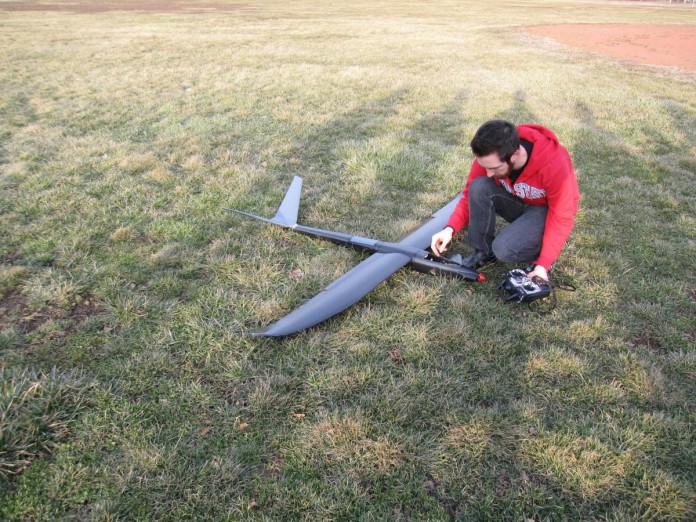WASHINGTON — The Federal Aviation Administration recently announced the selection of the six public entities that will develop unmanned aircraft systems (UAS) research and test sites around the country.
These congressionally-mandated test sites will conduct critical research into the certification and operational requirements necessary to safely integrate UAS into the national airspace over the next several years.
Related: Farming technology takes to the air
Today, UAS perform border and port surveillance, help with scientific research and environmental monitoring, support public safety by law enforcement agencies, help state universities conduct research, and support various other missions for government entities.
In selecting the six test site operators, the FAA considered geography, climate, location of ground infrastructure, research needs, airspace use, safety, aviation experience and risk.
In totality, these six test applications achieve cross-country geographic and climatic diversity and help the FAA meet its UAS research needs.
Below is a brief description of the six test site operators and the research they will conduct into future UAS use:
University of Alaska
The University of Alaska proposal contained a diverse set of test site range locations in seven climatic zones as well as geographic diversity with test site range locations in Hawaii and Oregon.
The research plan includes the development of a set of standards for unmanned aircraft categories, state monitoring and navigation. Alaska also plans to work on safety standards for UAS operations.
State of Nevada
Nevada’s project objectives concentrate on UAS standards and operations as well as operator standards and certification requirements. The applicant’s research will also include a concentrated look at how air traffic control procedures will evolve with the introduction of UAS into the civil environment and how these aircraft will be integrated with NextGen.
Nevada’s selection contributes to geographic and climatic diversity.
New York’s Griffiss International Airport
Griffiss International plans to work on developing test and evaluation as well as verification and validation processes under FAA safety oversight.
The applicant also plans to focus its research on sense and avoid capabilities for UAS and its sites will aid in researching the complexities of integrating UAS into the congested, northeast airspace.
North Dakota Department of Commerce
North Dakota plans to develop UAS airworthiness essential data and validate high reliability link technology. This applicant will also conduct human factors research.
North Dakota’s application was the only one to offer a test range in the Temperate (continental) climate zone and included a variety of different airspace which will benefit multiple users.
Texas A&M University-Corpus Christi
Texas A&M plans to develop system safety requirements for UAS vehicles and operations with a goal of protocols and procedures for airworthiness testing. The selection of Texas A&M contributes to geographic and climactic diversity.
Virginia Polytechnic Institute and State University (Virginia Tech)
Virginia Tech plans to conduct UAS failure mode testing and identify and evaluate operational and technical risks areas.
This proposal includes test site range locations in both Virginia and New Jersey.
Across the six applicants, the FAA is confident the agency’s research goals of System Safety & Data Gathering, Aircraft Certification, Command and Control Link Issues, Control Station Layout and Certification, Ground and Airborne Sense and Avoid, and Environmental Impacts will be met.
“These test sites will give us valuable information about how best to ensure the safe introduction of this advanced technology into our nation’s skies,” said Transportation Secretary Anthony Foxx.
The FAA’s role in the UAS program is to help the test site operators set up a safe testing environment and to provide oversight that ensures the sites operate under strict safety standards.










